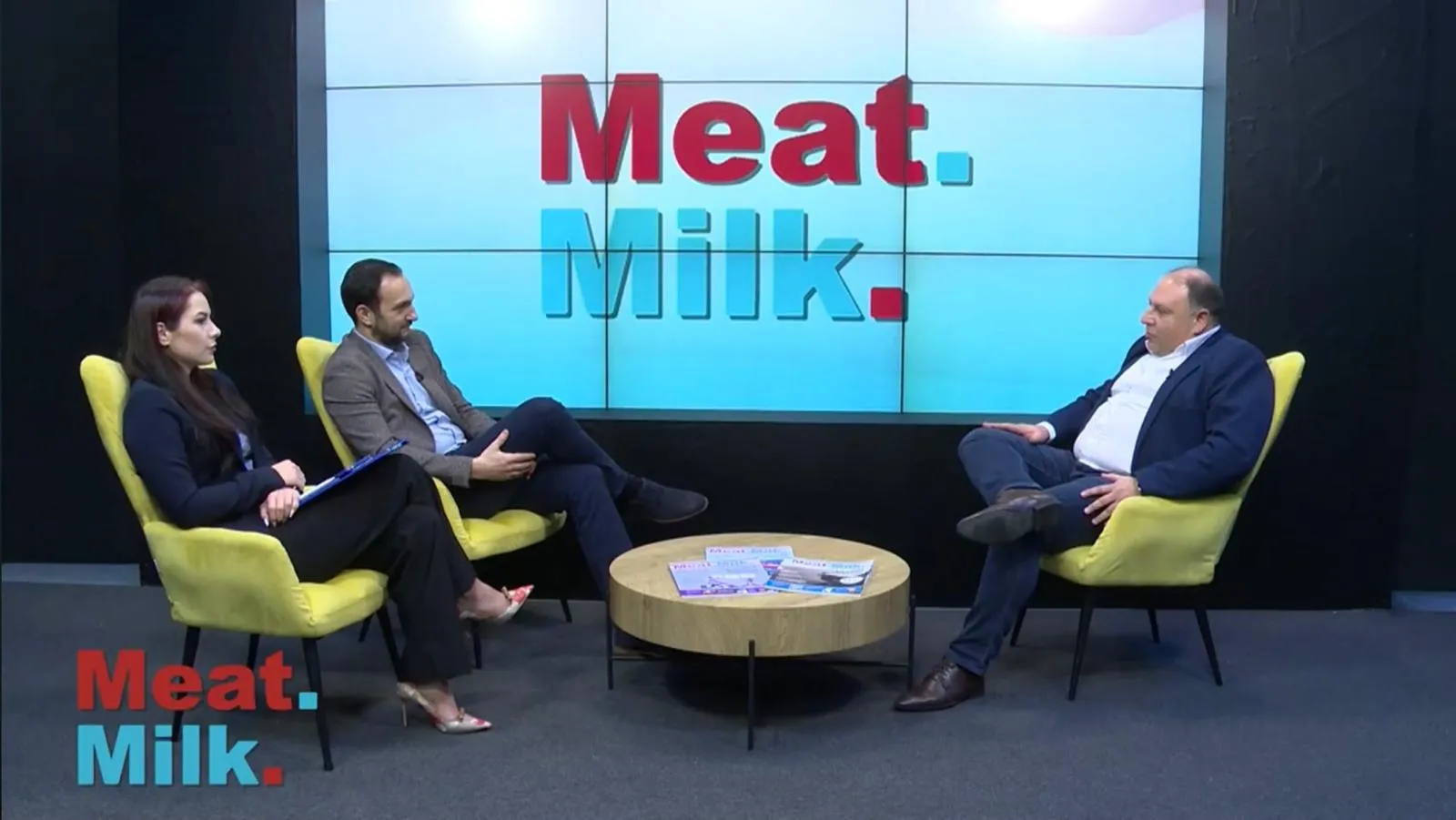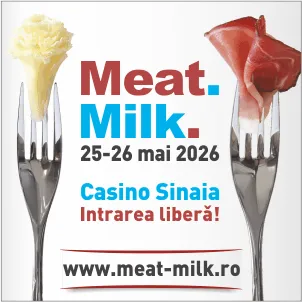1277

Retail, Food Producers, and HoReCa: Top Industries Associated with Greenwashing, According to the EXPUS® Study
Food retail (supermarkets/hypermarkets), food and beverage producers, and restaurants/cafés (HoReCa) are the top industries where consumers most frequently encounter greenwashing – the deceptive practice of presenting products or actions as environmentally friendly without sufficient backing.
Consumer Reactions: Walking Away from Greenwashing
When consumers identify greenwashing in a brand’s communication:
- 34% stop buying that brand’s products or services.
- Only 15% are willing to file a complaint with consumer protection authorities.
- 39% expect brands to provide scientifically certified evidence to support sustainability claims.
These findings are part of the EXPUS®: The Invisible Greenwashing study, launched by Golin Romania in collaboration with Path and with the support of Data Dive CSOP. The research explores how sustainability is communicated and perceived, and how consumers interpret and react to potential greenwashing.
Without clear proof, excessive sustainability storytelling can lead to accusations of misleading practices and even sanctions under the EU Green Claims Directive. The EXPUS® study offers insights and strategic benchmarks to help brands communicate credibly and transparently.
A Dual Perspective: Consumer vs. Communicator
The study approached the topic from two complementary angles:
- The consumer perspective: how people interpret sustainability language, what sparks their trust or skepticism, and how they detect greenwashing.
- The professional perspective: insights from communication and CSR specialists, who design brand messaging and share what they intend to communicate and what they consider relevant.
Familiarity and Exposure
- 4 in 10 people have heard of the term greenwashing.
- Among those familiar with it, 60% noticed greenwashing in brand advertising during the second half of 2024.
Industries where greenwashing was most frequently cited:
- Food retail: 18%
- Food & beverage production: 17%
- HoReCa (restaurants/cafés): 14%
- Other sectors like automotive, pharmaceuticals, cosmetics, and energy followed closely at 13%.
Sustainability Language: Words That Matter (or Don’t)
To understand why some sectors are more exposed to greenwashing accusations, EXPUS® also examined how well the public understands sustainability terminology.
Key terms tested (highlighted in the EU Green Claims Directive as potentially misleading if used vaguely):
- “Natural,” “Sustainable,” “Green,” “Organic,” “Biodegradable,” “Eco-friendly,” “Energy efficient,” “Renewable sources,” “Climate neutral,” “Reduced CO2 emissions”
Top terms consumers remember from brand communications:
- “Bio/Organic/Ecologic” – 45%
- “Sustainable” – 44%
- “Biodegradable” – 40%
- “Eco-friendly” – 36%
In contrast, communication professionals reported frequently using:
- “Sustainable”
- “Negative environmental impact”
Other terms like “natural” or “green” are used more cautiously, while “biodegradable” or “climate neutral” are rarely included in brand messaging.
The Cost of Greenwashing: Credibility at Stake
9 out of 10 consumers take some form of action if they suspect a brand of greenwashing:
- 38% lose trust in the brand.
- 34% stop purchasing its products.
- 31% warn friends/colleagues to avoid it.
- 15% file official complaints.
Although official penalties under the Green Claims Directive require a formal investigation, consumer backlash begins at the first sign of suspicion, causing reputational harm and prompting defensive behaviors from brands.
The emotional toll is also significant:
- 64% lose some or all trust in the brand.
- 59% stop using the brand or limit usage to necessity.
- 57% say the brand is no longer relevant.
- 57% stop recommending it to others.
Where Consumers Encounter Greenwashing
Main sources where greenwashing messages are spotted:
- Television – 47%
- Social Media – 44%
- Online/Print News – 30%
- Influencer posts & Radio – 19% each
How Consumers Check Sustainability Claims
Although the term greenwashing is well-understood, most consumers don’t rely on scientific or official sources to validate sustainability claims. Instead, they turn to more accessible methods:
- 38% check for trusted certifications on product labels.
- 37% read consumer reviews or seek complaints.
- 36% examine product details to validate the ecological claims.
Only about a quarter refer to official reports, academic studies, or sustainability reports when in doubt.
What Consumers Want from Brands
- 39% want certified scientific evidence behind claims.
- 35% seek transparency about the processes behind sustainability actions, not just outcomes.
- Over a third request clear labeling supported by hard data.
In turn, communication professionals say they’re increasingly:
- Avoiding vague phrasing.
- Consulting scientific sources.
- Working with sustainability experts to ensure credible messaging.





